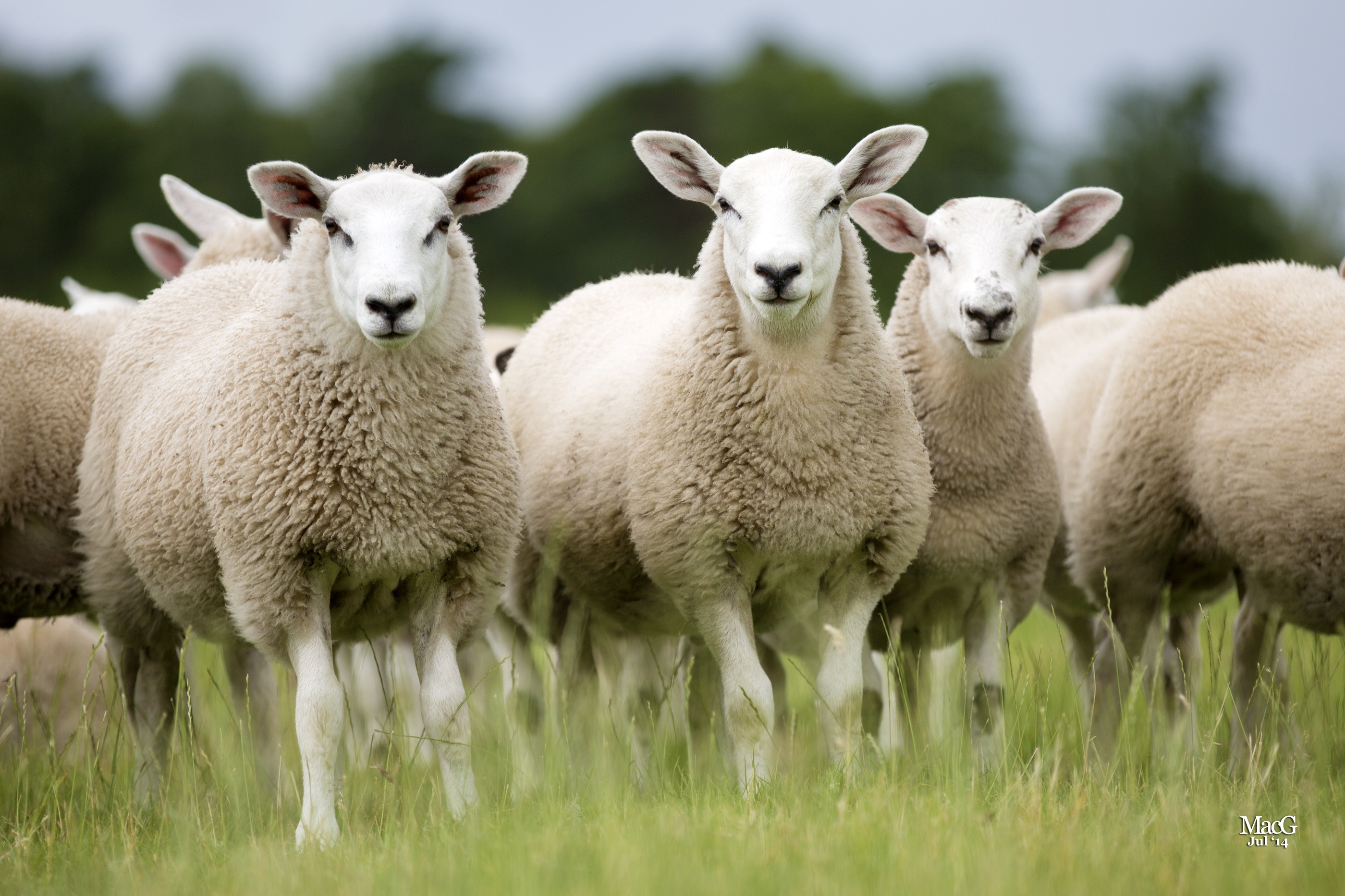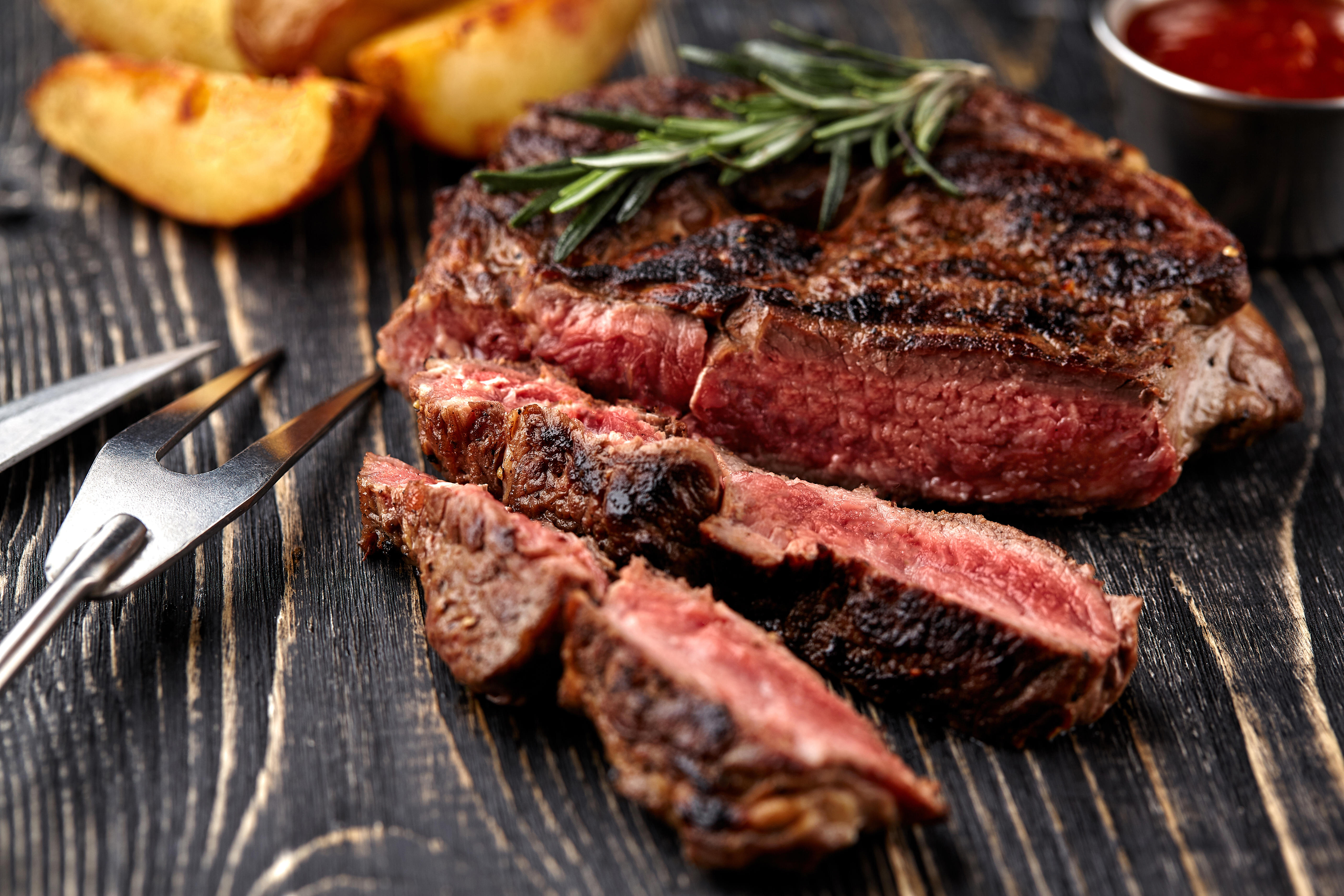'Green sheep' on the way as Scottish scientists set out to breed more eco-friendly lambs
Led by Scotland’s Rural College, a new international project looks at developing eco-friendly sheep breeds that need less feed and produce fewer carbon emissions


After low-emission cows come eco-friendly sheep. Scientists at Scotland’s Rural College are looking at different ways to feed and breed sheep in a bid to lower their impact on the environment through a new research scheme called Grass to Gas.The College had previously made headlines for launching the GreenCow Project, which looks at reducing the amount of gas released by cattle.
In a country like the UK, where part of the land can only be used to grow grass, sheep and cattle can be a very effective way to feed people. At the same time, livestock accounts for about 14.5% of global carbon emissions (although the figure is only 5% in the UK because of British production methods).
Lamb, in particular, has, on average, a greater ecological footprint per kilogram than all other meat. With temperatures rising fast, improving their environmental footprint becomes increasingly urgent.
The good news is that a combination of scientific research and technology now makes this possible. Sheep, which are ruminants, discharge gases during their digestive process, usually by belching (and occasionally from their rear end) but the amount of emissions they produce can be improved through selective breeding and dietary changes.
Together with partners from countries as far afield as Norway, Uruguay and New Zealand, the SRUC scientists will examine the two main factors that contribute to the animals’ environmental impact — methane emissions and feed efficiency, which is the amount of feed required to produce a unit of meat or milk — with a view to select and develop breeds that are more efficient (because they require less feed) and more eco-friendly (because they produce less gas).
In the first stage of the project, scientists will test technologies and equipment, including sensors, electronic feeders and imaging techniques, which can help them predict feed intake and methane emissions for sheep. They will then analyse the effect that breeding and different genetic lines have on the relationship between methane emissions and feed efficiency, as well as any differences caused by the choice of pasture or indoor housing.
‘The project aims to produce tools to measure, or accurately predict, feed efficiency and methane emissions from both individual animals and sheep systems, which will provide the international industry with the means to breed, feed and manage sheep with reduced environmental impact as part of genetic improvement initiatives,’ explains SRUC sheep geneticist Dr Nicola Lambe.
Exquisite houses, the beauty of Nature, and how to get the most from your life, straight to your inbox.
‘It will also contribute towards addressing the argument about the effect of eating meat on global warming, with sheep making use of land often unsuitable for other agricultural production, except conifers – at least in the UK.’
Grass to Gas is co-funded by Department for Environment, Food and Rural Affairs, Research Council of Norway and New Zealand Ministry for Primary Industries.

How eating British has enormous benefits on the environment — and a clever new idea to show us all just how much it helps
New research from scientists in Oxford and Switzerland demonstrates the vast differences in buying food that's locally produced and sensitively-farmed
Carla must be the only Italian that finds the English weather more congenial than her native country’s sunshine. An antique herself, she became Country Life’s Arts & Antiques editor in 2023 having previously covered, as a freelance journalist, heritage, conservation, history and property stories, for which she won a couple of awards. Her musical taste has never evolved past Puccini and she spends most of her time immersed in any century before the 20th.
